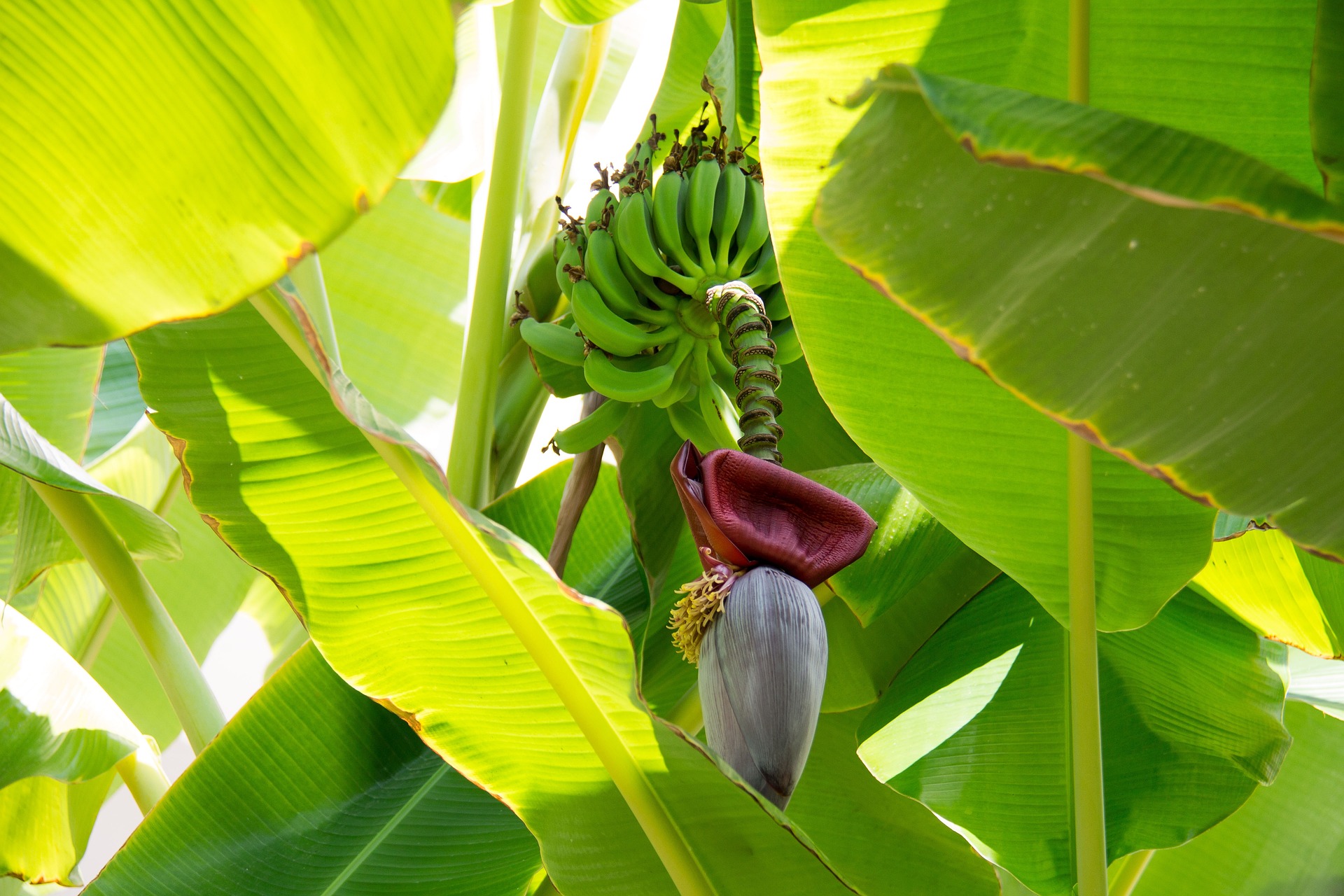Cross Border E-Commerce for the Indian Tea Industry
Given the accelerated growth of cross border e-commerce in the post-pandemic period, the Indian tea fraternity should explore this mode of business channel to reach the global tea customers and thereby boost their tea exports as well as take the total Indian tea exports to a new high.

India makes around 1,400 m kg of tea and exports 250 m kg to around 100 countries. It is an Aatmanirbhar Bharat industry – which largely exports & has very insignificant imports. However, all activities relating to most of tea exports are in physical mode. The concept of cross border e-commerce is yet to catch on in the Indian tea sector.
Cross-border e-commerce involves purchasing or selling of products via online shopping channels across national borders. There are many advantages of this e-business and tea exporters need to explore this channel & reap benefits. It is not only the big companies that can benefit but small and medium cos, too, can reap benefits that international e-commerce offers. In recent years, cross-border e-commerce has risen to become a major force in B2B and B2C businesses across the globe.
Total value of all global cross-border e-commerce has touched approx US$ 2 trillion in 2020 and is expected to cross US$ 4 trillion by the next 5/6 years – increasing at a CAGR by over 27% – almost twice as fast as domestic e-commerce. Even 1% market share comes to US$ 40 billion of exports for India.
Indian exporters who are pursing e-Commerce are still looking this channel as a fringe export business, unlike China, which has been pushing this export tool for over a decade now. China has understood the importance of e-commerce and now holds 50% of the total global e-commerce market. Other countries prominent in this market are USA, Japan, Korea, Malaysia, Thailand, etc.
E-commerce was growing at a fast pace prior to COVID-19, but it has only accelerated since Covid pandemic came in. This has also been possible due to the high De Minimis duty threshold, that is imports are duty-free if they fall below a certain annual threshold limit – for example US$ 800 in USA, US$ 177 in EU and US$ 3,782 in China. So Indian tea exporters need to take advantage of this De Minimis free duty benefit and make Indian tea more competitive in these key markets.
So, Is India missing out on a big export trend? I would say YES. There had been no concerted efforts in India to use this burgeoning channel of sale in any meaningful way. There is need to create an ecosystem where e-com exports can flourish. Create end-to-end logistics – from collecting consignments to the final delivery to global customers.
Present orientation of EPCs is for a particular sector & primarily for B2B facilitation, these are not equipped for direct B2C interactions. EPCs need to encompass a wide range of sectors. Therefore, a new EPC may be required to take on this role and to put the whole seamless process in place.
In case of Tea, cross border e-commerce requires facilitation and consolidation of consignments from exporters located in Assam, West Bengal, Tripura, South India; facilitation of interactions with fulfillment of services including documentations, warehousing, testing, packaging, certification, transportation, etc. i.e. total control over the back-room fulfillment services in India to the final delivery to the global customers.
It is sincerely hoped that the tea fraternity will explore this mode of business channel to reach to the global tea customers and thereby boost their tea exports as well as take the total Indian tea exports to a new high.

Sujit Patra is Secretary, Indian Tea Association. Views expressed are personal.













Interesting read. E-business has worked wonders in China. Jack Ma the founder of Alibaba is credited with the transformation that has come about .